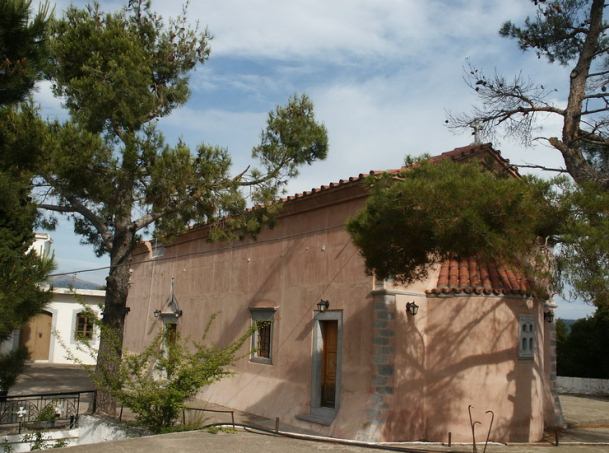The Monastery of Panagia Kroustallenia is built on a lush hill north of Agios Konstantinos village, on the eastern side of the Lassithi Plateau, 40km west from Agios Nikolaos town.
It is dedicated to the Assumption and celebrates on August 15.
The recently renovated monastery complex consists mainly of buildings built in the 20th century, as it was destroyed several times in the past.
According to tradition, the name of the monastery is taken after an icon of Panagia (Vigin Mary) that was found in a nearby cave and was painted on crystal.
The catholicon of the monastery is single-naved and vaulted, and it has a wood-carved altar screen.
It is one of the most historical monasteries of Crete and is always worth a visit.
It was founded in 1241 although some believe that it was built between 961-1204.
The monastery was the venue of rebel meetings against the Venetians in 1272 and 20 years later, the Venetians evacuated the Lasithi Plateau and the monastery was deserted and destroyed.
In 1543, nun Palladia Danasi rebuilt the convent.
During the years of the Ottoman rule it was again a centre of revolutionary action and in retaliation the Turks destroyed it in 1823 and in 1866.
In 1850, an elementary school for children of nearby villages is founded in Kroustallenia.
Until 1870 it was the only school of the Lasithi plateau.
Great damage was done to the buildings and the surroundings of the monastery in the years of the German occupation, until 1944 when the monks were able to return.



